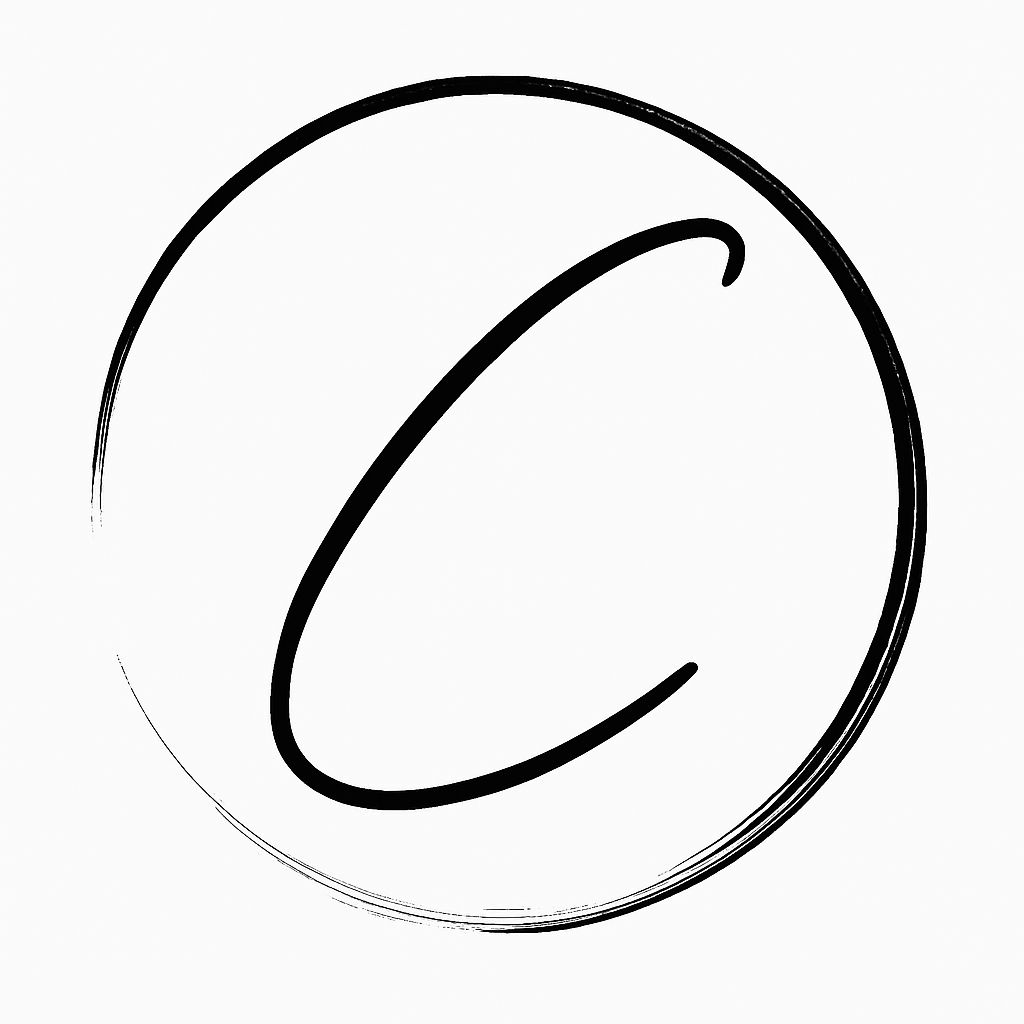11.1 The Crypto Hunt: Explore the Blockchain

Lesson Overview
This self-paced lesson introduces you to blockchain exploration through a hands-on crypto hunt. Blockchain explorers are free, public tools that let you view transaction data on networks like Bitcoin, Ethereum, or Solana, revealing the transparent nature of cryptocurrencies. By completing this activity, you'll gain practical skills in navigating these explorers and understanding key concepts like wallet addresses and transactions. Explorers like Etherscan have processed billions of transactions, making them essential for verifying crypto activities in a $2.5 trillion market. Work at your own speed, using the provided resources, and reflect on your findings to reinforce learning.
Objective
Your goal is to develop the ability to navigate blockchain explorers, interpret on-chain data, and identify components like wallet addresses, transactions, gas fees, and smart contracts. This will help you build confidence in using real blockchain tools independently.
Skills Developed
You'll build foundational skills for cryptocurrencies:
- Reading blockchain data from networks like Bitcoin, Ethereum, or other chains.
- Understanding transactions and wallet interactions
- Exploring tokens, smart contracts, and NFTs
- Using block explorers like Etherscan, Blockchain.com, or Solscan.
Time Required
1.5 to 2 hours, self-paced.
- 10–15 min: Intro
- 60–75 min: Hunt
- 15–20 min: Reflection
Optional: Extend with bonus tasks or deeper research.
Target Audience
Beginner crypto learners with little or no experience using block explorers. No prior technical knowledge needed.
Intro to Block Explorers (10–15 min)
Block explorers are like search engines for blockchain data—they let you view transactions, wallets, and blocks in real time, promoting the transparency that makes crypto unique. This means you can verify claims (e.g. a project's fund allocation) without trusting third parties. Understanding blockchain data empowers users to make informed decisions in a volatile market.
Key Concepts
- Wallet Address: Like your bank account number, it's a unique identifier for sending/receiving crypto (e.g. starts with "0x" on Ethereum).
- Transaction Hash (TXID): A unique ID for every transaction, like a receipt number.
- Gas Fee: The cost of processing transactions on networks like Ethereum, paid in native crypto (e.g. ETH).
- Block: A container for multiple transactions, added to the chain periodically.
- Smart Contract: A program on the blockchain that executes actions automatically (e.g. token swaps).
Video Resources
"This video introduces the concept of block explorers, explaining their function as search engines for blockchain data. It details how to use a block explorer to search for transactions, check transaction statuses, and view address balances and histories."
"Etherscan is an Ethereum blockchain explorer that allows you to view data on the Ethereum blockchain, but did you know that it has more to offer than just tracking transactions?"
Crypto Hunt Activity (60–75 min)
Apply what you've learned by using a real blockchain explorer. Choose one:
- Etherscan (Ethereum)
- Blockchain.com (Bitcoin)
- Solscan (Solana)
Complete the tasks below, noting your findings. Take screenshots to review later. If stuck, use the hints or search for tutorials (e.g. "how to find gas price on Etherscan").
Instructions
- Open the explorer in your browser (no account needed).
- Complete each task, documenting what you find.
- Tip: Use CSV exports or filters for deeper insights.
Crypto Hunt Tasks
| # | Task | Example or Hint |
|---|---|---|
| 1 | Find the most recent Ethereum block. What is its number? | Use the Etherscan homepage |
| 2 | Look up the latest $1M+ transaction on Ethereum or Bitcoin. What was the gas fee? | Sort by value on recent transactions |
| 3 | Find the current gas price on Ethereum. | ETH Gas Station |
| 4 | Search for a famous wallet (e.g. Vitalik Buterin's ETH address). What’s the current balance? | Google: “Vitalik Buterin wallet address Etherscan” |
| 5 | Look up a smart contract (e.g. Uniswap V2). How many tokens are in it? | Uniswap V2 on Etherscan |
| 6 | What was the first block ever mined on Bitcoin? Who mined it? | Genesis block |
| 7 | Find a token on Ethereum. What is its contract address and number of holders? | Search for USDT or DAI |
| 8 | Locate a multi-token wallet. How many assets does it hold? | Click around on random addresses |
| 9 | Check how long it takes to confirm a BTC transaction. | Look at recent transactions on Blockchain.com |
| 10 | Bonus: Find an NFT contract. What’s the floor price and how many owners? | Use OpenSea and Etherscan |
Reflection and Wrap-Up (15–20 min)
Review your hunt results. Reflection helps connect concepts to real data. Answer these prompts in your notes:
- What surprised you about blockchain transparency?
- Was any task difficult or confusing?
- What insights did you get from reading real transactions?
Written Reflection (Recommended)
- Which blockchain was easiest to explore?
- How does this transparency affect trust in crypto?
Extensions / Next Steps
Continue learning with these self-guided activities:
- Track a Wallet Over a Week: Monitor a public wallet (e.g. a project's treasury) for changes.
- Build a Transaction Report: Use Etherscan CSV export to analyze activity.
- Create a Walkthrough Video: Demo a task and share it online.
Resources and Tools
Block Explorers
- Etherscan (Ethereum)
- Blockchain.com (Bitcoin)
- Solscan (Solana)
- Polygonscan (Polygon)
Utility Tools
- ETH Gas Station: Real-time gas prices.
- Token Tracker: View token holders.
- OpenSea NFT Explorer: Check NFT details.
Example Wallets (Public and Safe to Explore)
- Vitalik Buterin: 0xd8dA6BF26964aF9D7eEd9e03E53415D37aA96045
- Uniswap V2 Router: 0x7a250d5630B4cF539739dF2C5dAcb4c659F2488D
Self-Assessment Checklist
After the activity, confirm you have:
✅ Completed at least 8 scavenger hunt tasks
✅ Notes or screenshots for each task
✅ Reflection written or discussed
✅ Tried using at least one new blockchain explorer
Congratulations on completing the hunt! You've taken a big step in understanding blockchain. Keep exploring, and consider diving deeper into smart contracts, DAOs, or DeFi platforms next.

